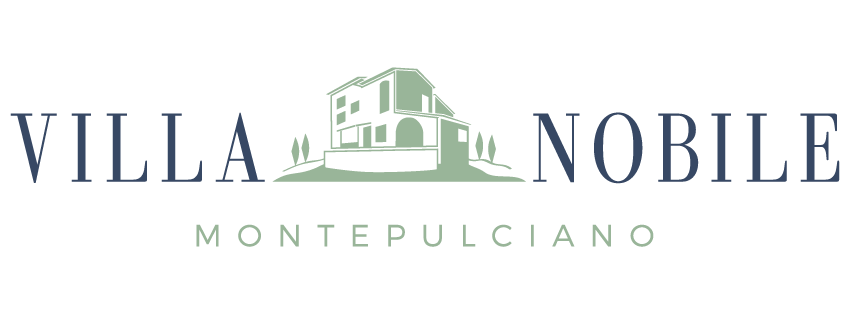Easter is the second most important religious holiday after Christmas for Italians. From a strictly religious point of view, Easter is an even more important holiday than Christmas. Easter is the feast dedicated to the resurrection of Christ, the celebration of the mystery that is at the very root of Christian Faith.
We have been celebrating Easter for over 1500 years due to the Nicean Council which decided, in A.D. 325, that Easter would be celebrated on the first Sunday after the first full moon following the Spring Equinox, unless the first full moon also rose on a Sunday, in which case Easter would be celebrated the Sunday after that. The celebration of Easter has been based on these calculations ever since.
The religious celebration of Easter is attached to other traditional and religious events, namely Carnevale and, of course, Lent. Carnevale officially starts in January and lasts up until Ash Wednesday (the first day of Lent), the last three days before Lent being especially festive. Carnevale is best known to Americans as Mardi Gras. Lent marks the forty days of fast and abstinence before Easter. This is a symbol of the 40 days Christ spent in the desert before His death on the cross.
The week before Easter is known as the Holy Week which starts the day after Palm Sunday and ends on Easter day; the main celebrations leading to Easter Sunday take place on Holy Thursday, Friday and Saturday. Holy Thursday is marked by celebrating Jesus' Last Supper with the Apostles.
Good Friday is the day when the death of Christ on the cross is remembered. In Catholic countries like Italy, a solemn mass is held at three in the afternoon (traditionally considered Christ's time of death), where the Passion of Christ is celebrated. Typical is the reenactment of the Via Crucis. The one held in Rome by the Pope is always shown on national TV in Italy. If you happen to be in Italy on Good Friday, you'll hear church bells ringing at three o'clock, to mark the moment and as a reminder for all of the beginning of the mass.
Holy Saturday is a moment of silence and reflection for the faithful. Mass is without choir or music and, mostly, without the Eucharist. In the late evening, the Easter Vigil is held: from a liturgical point of view, the Easter Vigil is the most important moment of the year.
On Easter Sunday, full celebrations are on: many towns and villages have traditional exhibitions and commemorations held to honor the religious feast. Everywhere, of course, solemn mass is held.
Easter Sunday begins with a bang in Florence - quite literally! The three hundred year old traditional Scoppio del Carro – explosion of the cart – has its roots in the pagan ritual of ensuring a good harvest, and is now considered a bringer of good luck for the city of Florence. A huge, decorated wagon is dragged through Florence by white oxen until it reaches Basilica di Santa Maria del Fiore in the historic center. Following mass, the Archbishop sends a dove-shaped rocket into the cart, igniting the fireworks held in the cart. This spectacular display is followed by a parade in medieval costumes.
Easter Monday, known as Little Easter (Pasquetta), is also an official Italian holiday that is often spent enjoying the spring weather with family and friends in picnics. Some cities hold dances, free concerts, or unusual games often involving eggs as part of the day of celebration.
And of course there is always the FOOD. A traditional Easter meal varies from region to region, but eggs and roasted lamb are common elements everywhere. Eggs represent life, fertility and renewal, all of which are essential symbols of Easter. Dyed eggs grace many Easter tables, and eggs are often found in soups and in a traditional Easter pie. Roasted lamb, as a symbol of birth and the Shepard, is a traditional main course.
A holiday meal in Italy would not be complete without a traditional dessert, and during Easter there are several. Italian children finish their dinner with a rich bread shaped like a crown and studded with colored Easter egg candies. Another treat is the Colomba cake, a sweet, eggy, yeasted bread (like panettone) shaped in one of the most recognizable symbols of Easter, the dove. The Colomba cake takes on this form precisely because la colomba in Italian means dove, the symbol of peace and an appropriate finish to Easter dinner.
Chocolate bunnies are not common, but beautifully decorated chocolate eggs (Uova di Pasqua) are a traditional Italian Easter treat and gift! These chocolate eggs which are brightly wrapped are a symbol of Easter even for non-religious people. Everybody gets an egg for their dear ones. Most chocolate eggs are industry produced and can range in sizes from 1/3 ounce to nearly 18 pounds. Every serious cake shop and bakery produces finely handmade eggs, using the best chocolate available. All except the tiniest eggs contain a surprise. Grown–ups often find their eggs contain little silver picture frames or gold–dipped costume jewelry. The very best eggs are handmade by artisans of chocolate, who offer the service of inserting a surprise supplied by the purchaser. Car keys, engagement rings, and watches are some of the high–end gifts that have been tucked into Italian chocolate eggs!



